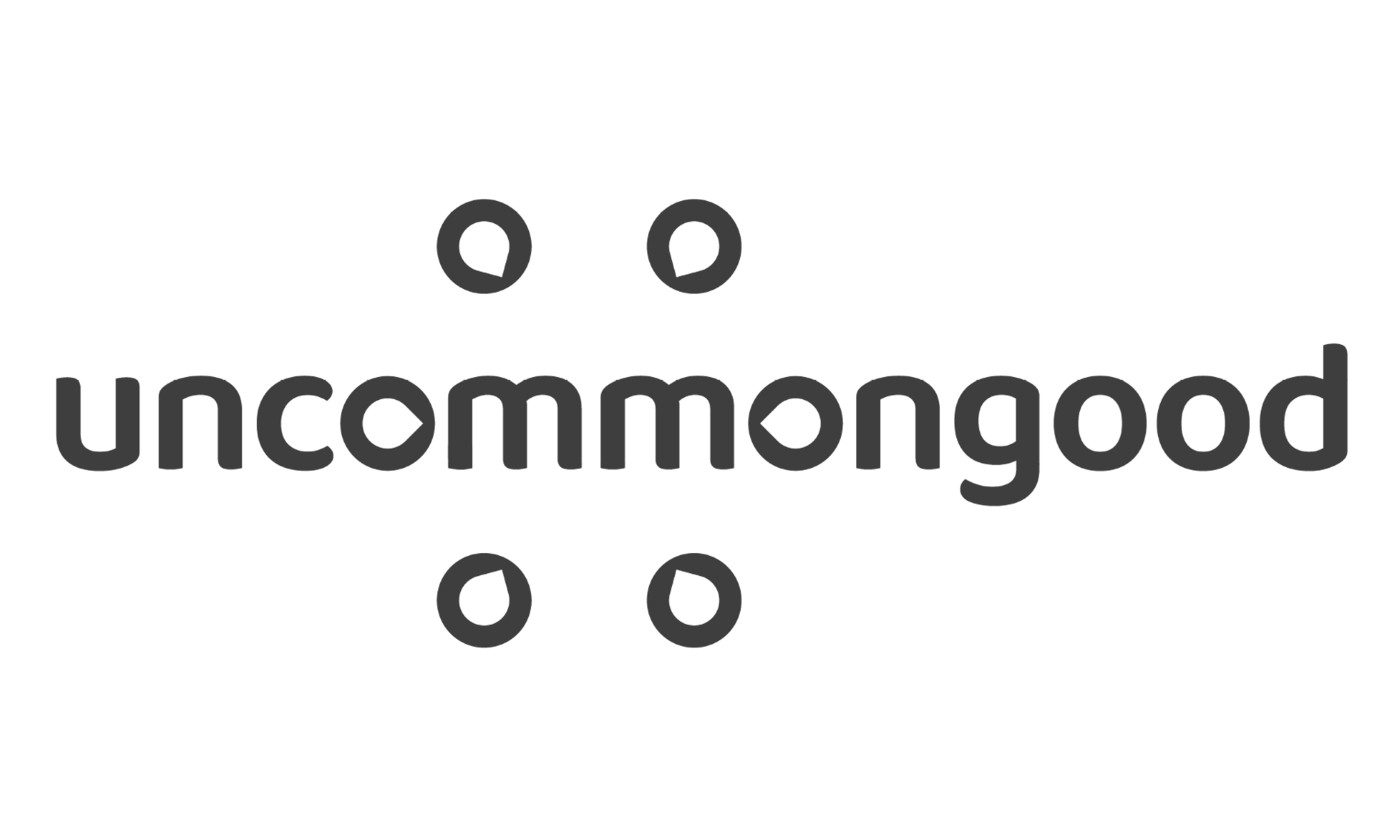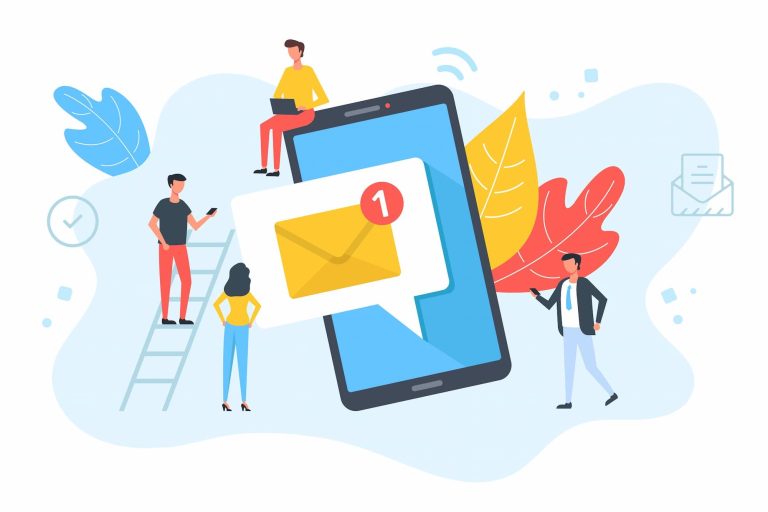Email marketing is a powerful tool for nonprofits. Unfortunately, nonprofit managers and fundraisers primarily focus on their newsletters and overlook the other important aspects of email and nonprofit marketing.
While there is no one way to market a nonprofit through email, there are best practices that strengthen most email campaigns. At its best, email marketing can help build communities, activate stakeholders, raise funds, mobilize volunteers and expand your network.
1. Optimize for mobile
Format your email messages to look good on a mobile phone. If you use any of the popular email marketing platforms, you should be able to preview the email on mobile. Also, consider sending yourself a test message and opening it on your phone.
Also, consider using an email marketing platform to format, send and manage your email messages. There are a few benefits to creating mobile responsive messaging as most people do not like to receive mass BCC emails since they are wary of spam.
2. Use analytics
Email marketing platforms provide useful analytics such as your messages’ open rates, click-through rates, and heat maps. This can show you whether people are reading your message and how they respond to it. Use this information to fine-tune your messages.
3. Differentiate between your newsletter and fundraising appeal
While you can effectively raise funds through your newsletter, you may also find more success differentiating your newsletter from a fundraising campaign.
The newsletter can focus on building community, raising awareness, sharing successes, and inspiring your advocates to take action. One action they are likely to take is to make a financial gift.
There’s no doubt you already see that occur when you send an impressive newsletter. However, solely relying on your newsletter as a fundraising tool may cause you to focus too much on that and not enough on telling your organization’s story. A good ratio can be three updates, announcements, stories, or community-building items with one fundraising story towards the end.
By sending a fundraising letter, you can target your campaigns to specific segments of your list, customize the messaging, and request to suit the segment. The simplicity of a letter also allows you to stick with a clear message and call to action.
4. Don’t buy the donate button
Call-to-action buttons make it easy for your email subscribers to take action. While it may seem direct, having a clear “donate” button makes life easier for people who want to support your organization.
Depending on the topic of your message, a similar concept applies to other CTAs like volunteer, join now, sign up, or buy your ticket. Just try to limit the number of “call-to-action” buttons you use per message to avoid confusing your supporters.
5. Pay attention to your subject line
The subject line may be a deciding factor for whether your subscriber opens your email or deletes it. People skim their inboxes and make snap decisions especially when it comes to marketing emails. Take time to craft a subject line that is true to the message and attracts attention.
6. Consider split testing
Split testing or A/B testing is where you test two alternatives to see which performs best. The messages should be identical other than the variable alternative.
For example, you can fine-tune your subject line copy by split testing two versions. Many email marketing platforms offer split testing ability, as well.
7. Craft a welcome message
A welcome message is an email that your new subscribers receive immediately after subscribing. It can be a great way to solidify the connection especially if you do not send emails very frequently.
A few examples of a welcome include a nice “thank you” email that shows your appreciation to your subscribers for their participation or a campaign that promises an incentive upon signup. Also, a brief and witty brand introduction is another example of a productive email marketing campaign for new subscribers.
Use that as an opportunity to deepen the new subscriber’s connection with your organization. The messaging will vary depending on your needs and your organization but this is a good place for short, engaging 101 messages that you wish all your stakeholders were aware of.
8. Focus on building an engaged subscriber list
Run mini-campaigns to encourage your supporters, social media followers, volunteers, and community to subscribe to your email list. Make it easy to subscribe and let people know what they can expect. Here are a few ideas to help you get started:
- Include a subscriber sign-up on every page on your website.
- Invite social media followers to subscribe every once in a while; this helps you break free of depending on each social media channel’s fickle algorithms.
- When you have an event, also have a subscriber sign-up station or include a QR code leading to a subscriber landing page in your brochure.
- Encourage volunteers, event attendees, and others to subscribe.
9. Incorporate email engagement with your donor management system
You can’t always know whether a specific supporter saw your TV ad or read your social media post, but you can find out if they opened your marketing email message. Most email marketing platforms provide this information in analytics. Before a fundraising call or visit, check the potential donor’s engagement stats.
Consider using a nonprofit productivity suite like UncommonGood to access crucial donor database functions and leverage the tools you need for engaging email campaigns. Sign up today for a free demonstration.




